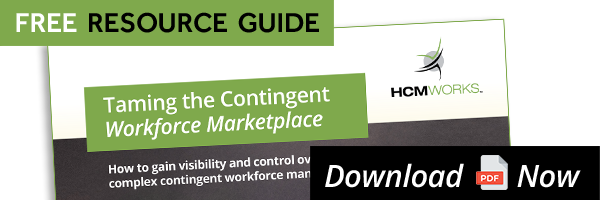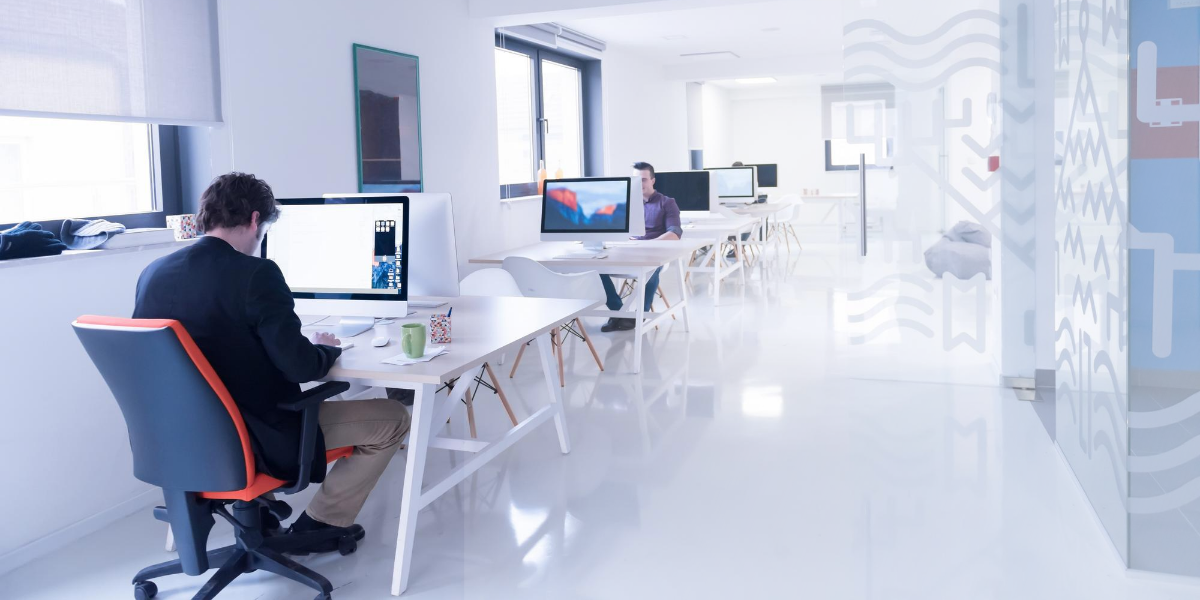This year has been a tough one for businesses around the world, and for the employees that work for them. Employers have had to make difficult choices about their workforce, and employees have been forced to look for new ways to work from home. With a large number of employees being laid off and the majority of organizations still adopting entirely work-from-home business models, there’s a new wave of highly talented and skilled workers that can be hired on a contingent basis.
The contingent workforce is no new thing. In fact, a study from Intuit found that roughly 25 to 30 percent of the US workforce is contingent, with more than 80 percent of large corporations planning on substantially increasing their use of a flexible workforce in the coming years.
The research predicts that contingent workers will exceed 40 percent of the workforce by the end of 2020.
Yet these figures were calculated before the pandemic hit in early 2020. With an increasing large number of skilled workers now out of jobs and remote work becoming the ‘new norm’, it looks like the future of work has arrived early.
The future of work and its opportunity for employers
The gig economy - which is made up of freelancers, consultants, contractors and other types of temporary workers - allows your organization to maximize your workforce on an on-demand basis.
You will have the flexibility to scale your workforce up and down based on specific projects, market demand or the requirement of skilled workers that you don't need on a full-time basis. This means you can meet workforce targets, without the costs associated with full-time hires.
The future of work is now about creating an agile workplace. A model which will see your workforce engage both full-time employees and contingent workers to meet workforce requirements as your market demand changes.
A successful agile workplace ensures your company is able to acquire the top talent available in your industry and maintain competitive advantages in a market where demand can quickly change.
Top things to keep in mind as your agile workforce expands
To prepare your organization for the future of work and the development of an agile workforce, there are some important considerations that you should keep in mind. These considerations will ensure you continue to save money, acquire top talent and improve operational efficiencies.
Adapting company culture to attract talented contingent workers
It’s likely that your organization has made the transition to remote work for the foreseeable future, or at least a partial remote work strategy. As a result, you’re probably looking into hiring contingent workers to fill your workforce requirements.
With an increasing number of companies now adopting work-from-model models and engaging the contingent workforce, non-permanent workers now have more choice than ever before in regards to which companies they work for.
That’s why it’s crucial you evolve your company culture in a way that attracts and engages contingent workers. By evolving your company culture for remote work, you’ll create a world-class contingent worker experience that means not only will non-permanent workers come back to you to work on future projects, but they’ll also recommend your organization to their highly-skilled peers.
Implementing a contingent workforce management strategy
Managing an agile workforce is impossible if you don’t rethink talent management. Managing a mixed workforce made up of full-time employees and non-permanent workers is incredibly complex - and requires experts to do correctly.
It’s unlikely that you have that expertise, or the time, to design a successful contingent workforce management strategy in-house. Without one, your non-permanent workforce management will suffer from hidden costs, poor vendor selection, inefficient processes and much more.
An outsourced expert with expertise in contingent workforce management and managed services provider (MSP) programs, such as HCMWorks, will give your business visibility and control over non-permanent workers through the implementation of a contingent workforce management strategy.
The result? Increased money savings, better hiring decisions, improved compliance, increased automation and much more.

Are you ready for the future of work, but not sure how to manage your contingent workforce properly? Contact HCMWorks today. Our team of experts would love to help you get a plan in place.


